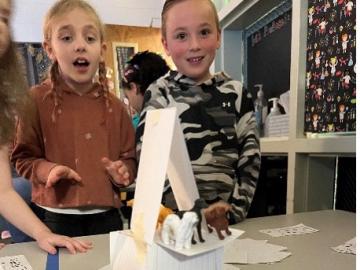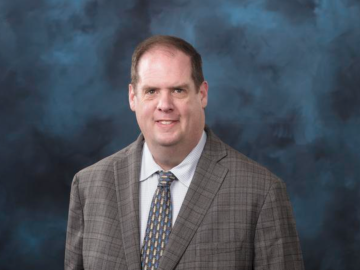
Filter News
Area of Research
- (-) Biology and Environment (56)
- (-) Isotopes (15)
- Advanced Manufacturing (4)
- Biological Systems (4)
- Biology and Soft Matter (1)
- Building Technologies (3)
- Chemical and Engineering Materials (2)
- Chemistry and Physics at Interfaces (6)
- Clean Energy (104)
- Computational Chemistry (1)
- Computational Engineering (1)
- Computer Science (2)
- Electricity and Smart Grid (1)
- Energy Frontier Research Centers (7)
- Energy Sciences (1)
- Fuel Cycle Science and Technology (1)
- Functional Materials for Energy (6)
- Fusion and Fission (19)
- Fusion Energy (4)
- Geographic Information Science and Technology (2)
- Isotope Development and Production (2)
- Materials (115)
- Materials Characterization (2)
- Materials Synthesis from Atoms to Systems (5)
- Materials Under Extremes (7)
- National Security (26)
- Neutron Data Analysis and Visualization (2)
- Neutron Science (42)
- Nuclear Science and Technology (8)
- Quantum Condensed Matter (2)
- Reactor Technology (1)
- Supercomputing (93)
- Transportation Systems (2)
News Topics
- 3-D Printing/Advanced Manufacturing (3)
- Artificial Intelligence (3)
- Big Data (5)
- Bioenergy (17)
- Biology (24)
- Biomedical (4)
- Biotechnology (5)
- Buildings (1)
- Chemical Sciences (2)
- Clean Water (3)
- Climate Change (16)
- Composites (1)
- Computer Science (7)
- Coronavirus (4)
- Decarbonization (10)
- Energy Storage (1)
- Environment (33)
- Exascale Computing (2)
- Frontier (2)
- Grid (1)
- High-Performance Computing (10)
- Hydropower (3)
- Irradiation (1)
- Isotopes (8)
- Machine Learning (3)
- Materials (4)
- Materials Science (2)
- Mathematics (2)
- Mercury (2)
- Microscopy (3)
- Nanotechnology (1)
- National Security (2)
- Net Zero (1)
- Nuclear Energy (1)
- Partnerships (2)
- Physics (1)
- Renewable Energy (1)
- Simulation (13)
- Space Exploration (1)
- Summit (2)
- Sustainable Energy (10)
- Transportation (1)
Media Contacts

A series of new classes at Pellissippi State Community College will offer students a new career path — and a national laboratory a pipeline of workers who have the skills needed for its own rapidly growing programs.

A new report published by ORNL assessed how advanced manufacturing and materials, such as 3D printing and novel component coatings, could offer solutions to modernize the existing fleet and design new approaches to hydropower.

Nine engineers from ORNL visited 10 elementary and middle school classrooms in three school districts during National Engineers Week, Feb. 21 to 24, 2023, describing and demonstrating the excitement of the engineering profession to more than 300 Tennessee students.

ORNL is teaming with the National Energy Technology Laboratory to jointly explore a range of technology innovations for carbon management and strategies for economic development and sustainable energy transitions in the Appalachian region.

ORNL researchers have identified specific proteins and amino acids that could control bioenergy plants’ ability to identify beneficial microbes that can enhance plant growth and storage of carbon in soils.

The Center for Bioenergy Innovation has been renewed by the Department of Energy as one of four bioenergy research centers across the nation to advance robust, economical production of plant-based fuels and chemicals.

Jeremy Busby has been named associate laboratory director for the Isotope Science and Engineering Directorate at ORNL, effective April 1.

Scientists at ORNL have confirmed that bacteria-killing viruses called bacteriophages deploy a sneaky tactic when targeting their hosts: They use a standard genetic code when invading bacteria, then switch to an alternate code at later stages of
The Autonomous Systems group at ORNL is in high demand as it incorporates remote sensing into projects needing a bird’s-eye perspective.

A DNA editing tool adapted by Oak Ridge National Laboratory scientists makes engineering microbes for everything from bioenergy production to plastics recycling easier and faster.


